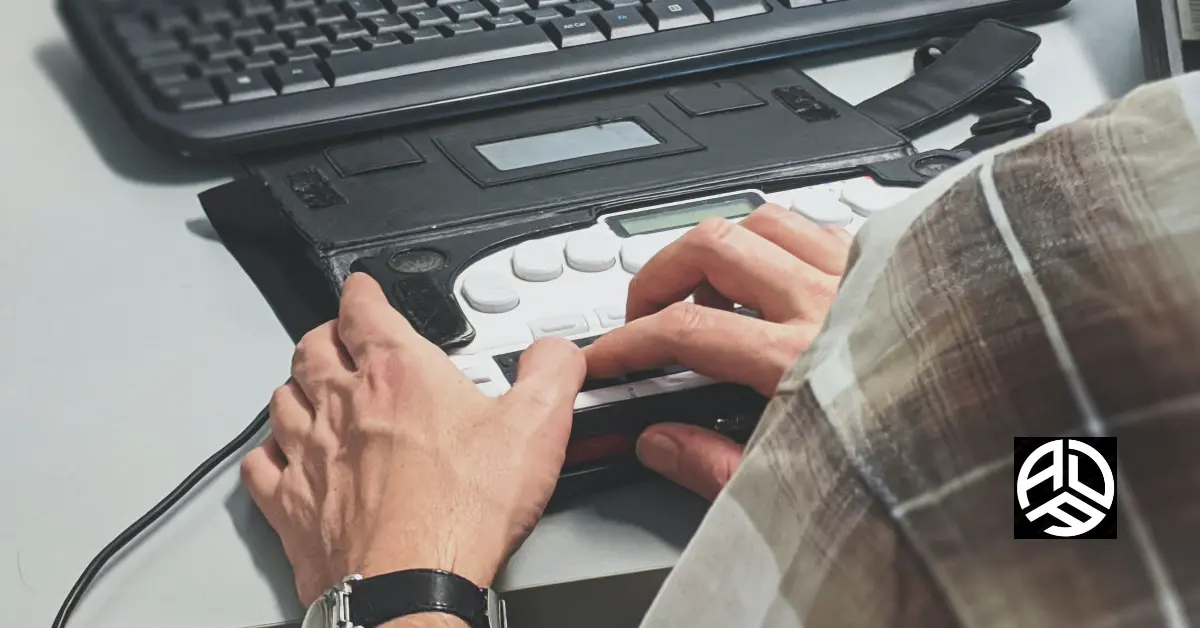In today’s world, the internet has become an essential part of our daily lives. From communicating with friends and family to conducting business, shopping, and entertainment, the web offers an array of opportunities. However, for people with disabilities, the web can be a source of frustration and exclusion.
Accessibility issues and digital barriers can prevent them from using the internet with ease and comfort. This article discusses the challenges that people with disabilities face on the web and explores how we can help to make the internet more inclusive and accessible for everyone.
Challenges for People with Disabilities on the Web: How We Can Help:
Accessibility Issues
Web accessibility is one of the primary challenges faced by people with disabilities. Many websites are designed without considering the needs of people with disabilities, such as those who are visually impaired or have difficulty using a mouse or keyboard. This can result in websites that are difficult or impossible to navigate.
Solution:
Web developers can address accessibility issues by using best practices in web design, such as providing text alternatives for images and videos, using clear and concise language, and ensuring that websites can be navigated with a keyboard. They can also use assistive technology, such as screen readers and magnifiers, to test the accessibility of their websites.
Lack of Compatibility with Assistive Technology
Assistive technology, such as screen readers and voice recognition software, is essential for people with disabilities to use the web. However, many websites are not compatible with these technologies, making it difficult or impossible for people with disabilities to access and use them.
Solution:
Web developers can make their websites more compatible with assistive technology by using proper markup, providing alt text for images and videos, and ensuring that their website is navigable with a keyboard. They can also test their website with assistive technology to ensure compatibility.
Inaccessible Content
Content on the web can also present challenges for people with disabilities. Videos without closed captions or audio descriptions, for example, can be difficult for people who are deaf or hard of hearing to understand. Similarly, content that relies heavily on color or requires precise hand-eye coordination can be challenging for people with visual or motor impairments.
Solution:
Content creators can make their content more accessible by providing captions or transcripts for videos, using high-contrast colors, and ensuring that their content can be navigated with a keyboard. They can also test their content with assistive technology to ensure accessibility.
Lack of Awareness and Training
Many people are not aware of the challenges that people with disabilities face on the web, and this lack of awareness can lead to a lack of action. Additionally, many web designers and developers may not have the training or experience needed to create accessible websites.
Solution:
Raising awareness about the challenges that people with disabilities face on the web can help to promote action and change. Web designers and developers can also receive training in web accessibility and best practices for creating accessible websites.
FAQs:
Q: What is web accessibility?
A: Web accessibility refers to the practice of designing and developing websites that can be used by people with disabilities.
Q: Why is web accessibility important?
A: Web accessibility is important because it ensures that everyone, regardless of their abilities, can access and use the web.
Q: How can I make my website more accessible?
A: To make your website more accessible, ensure that it can be navigated with a keyboard, provide text alternatives for images and videos, use high-contrast colors, and test your website with assistive technology.
Q: What is assistive technology?
A: Assistive technology refers to devices, software, or tools that help people with disabilities to interact with technology, such as screen readers, voice recognition software, and magnifiers.
Conclusion:
The challenges faced by people with disabilities on the web are numerous, but there are solutions available. By addressing accessibility issues, making websites compatible with assistive technology, creating accessible content, and raising awareness and training, we can make the internet more inclusive and accessible for everyone.
By taking these steps, we can ensure that people with disabilities have the same opportunities to access information, communicate, and participate in the digital world as everyone else. Let’s work together to make the web a more welcoming place for all.




0 Comments